How to grow ghost orchids – Experts reveal all about these rare flowers
Ghost orchids are endangered and can't be freely bought and sold. Experts share the optimal conditions they need to survive
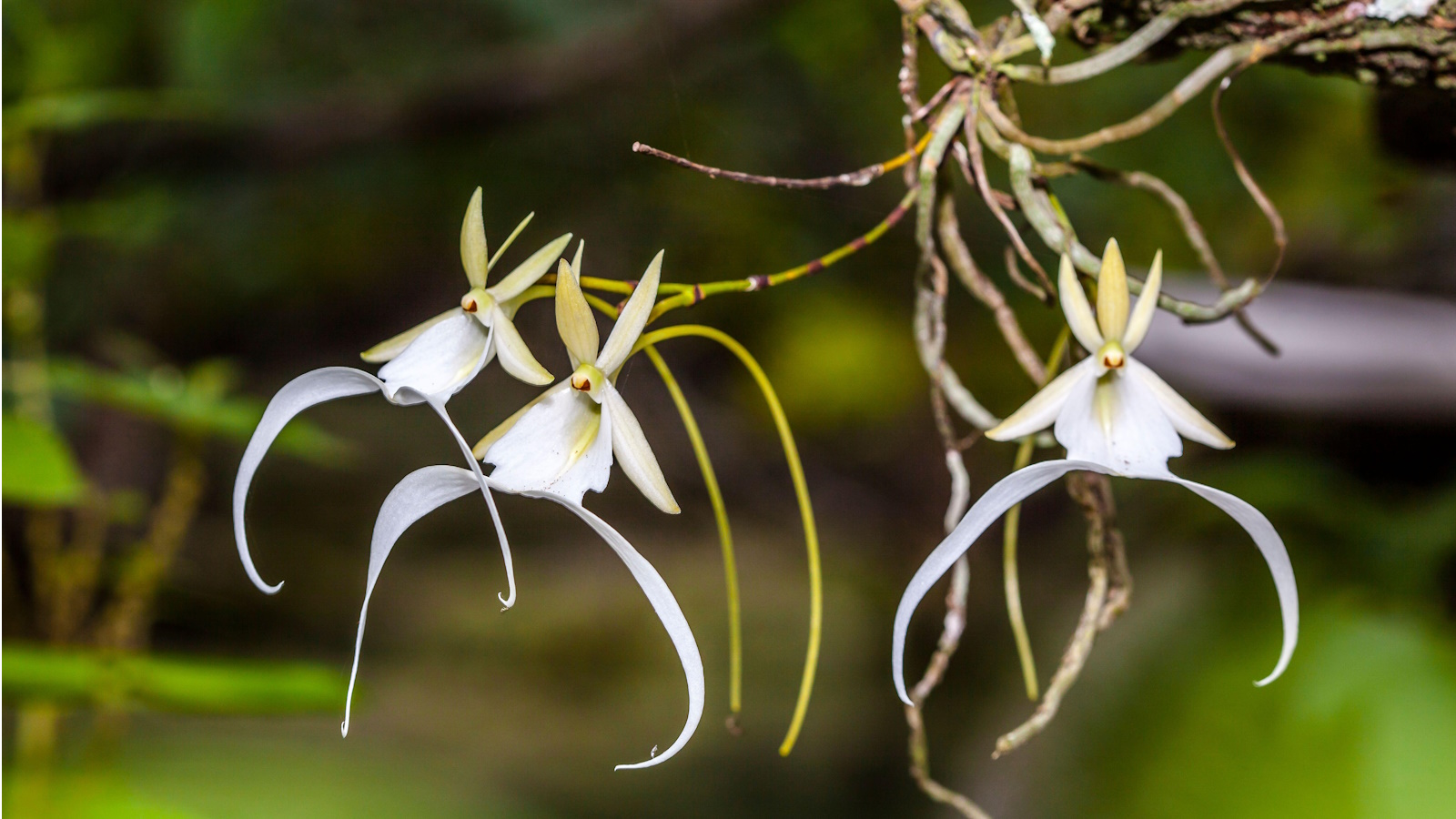

There's a new buzz around ghost orchids, or Dendrophylax lindenii, and it's not hard to see why. These unique orchids have an ethereal look and have sparked interest among exotic flower enthusiasts.
Native to Florida, Cuba and the Bahamas, ghost orchids are a little bit different to the popular moth orchids, or Phalaenopsis, that indoor plant lovers will be familiar with. These unique orchids are considered endangered and are extremely rare to find.
We've asked experts more about these beautiful flowers and the type of conditions they thrive in.
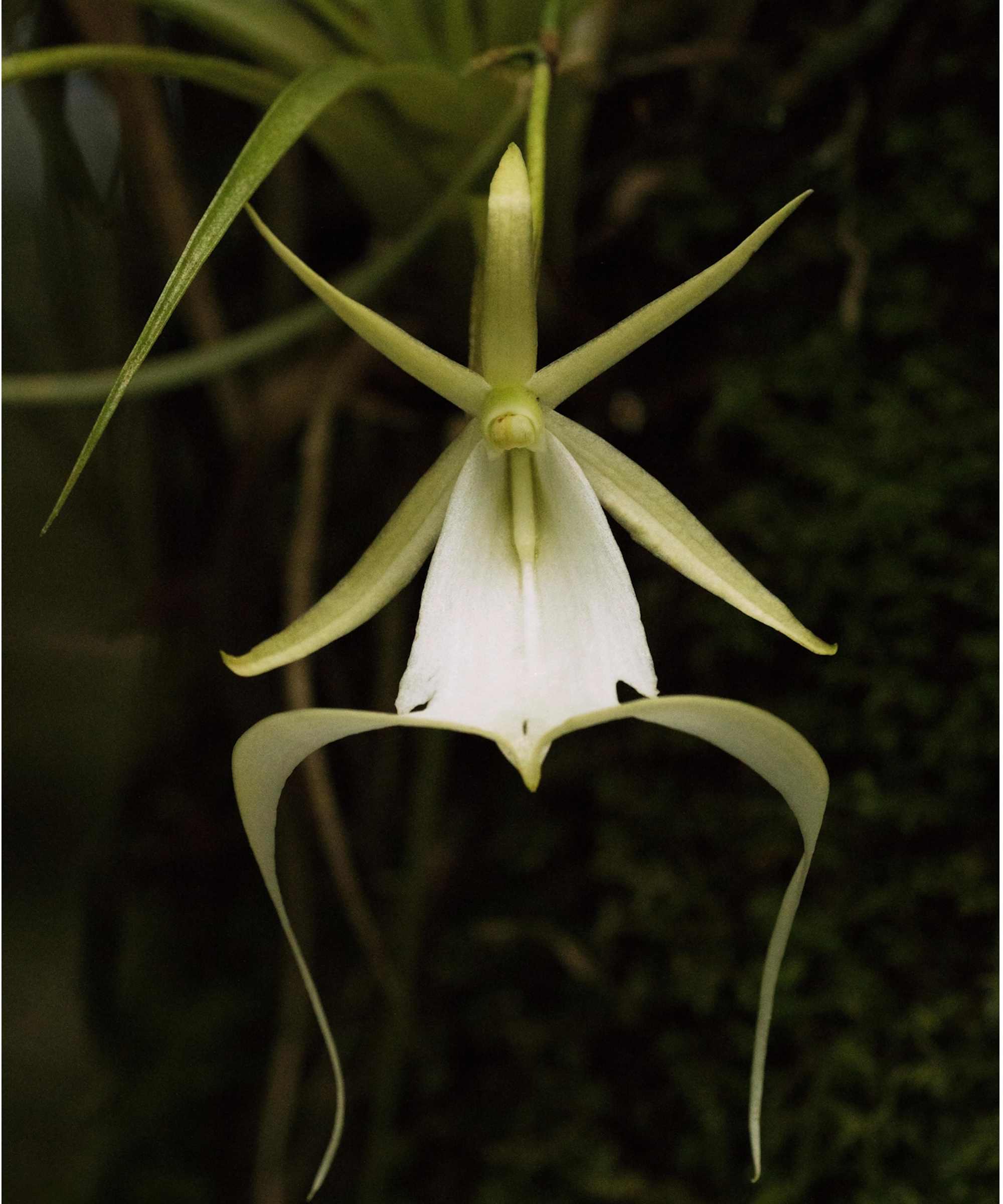
What is a ghost orchid?
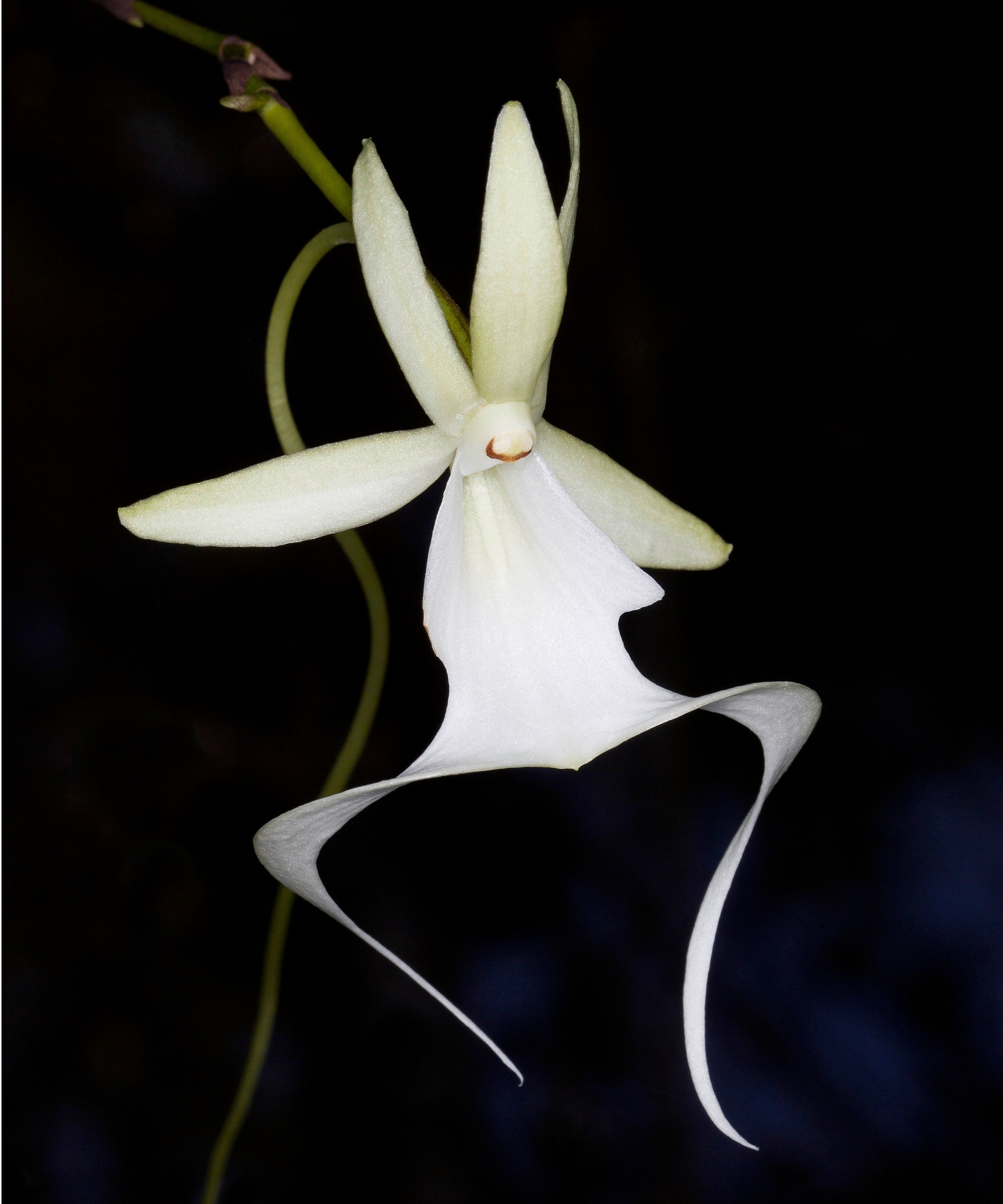
Ghost orchids, or Dendrophylax lindenii, have a unique appearance that coined their name. Their white petals aren't accompanied by foliage and they will often be found growing on trees as epiphytes.
'Its name originates from the appearance of its delicate white flowers that appear to hover against its leafless structure,' says Autumn Janus, plant expert from Perfect Plants. 'The mystery of its pollination was long debated until recent discoveries revealed that the giant sphinx moth plays a vital role in pollinating the ghost orchid,' she adds.
The lack of foliage of these orchids means that they photosynthesize in a different way.
'Instead of using their leaves to collect energy and nutrients from the sun via photosynthesis, ghost orchids have roots which make sugars when exposed to sunlight. The ghost orchid then gives these sugars to a fungus in exchange for the nutrients the orchid needs to survive,' says Diane Kuthy, the founder of How To Grow Everything. 'Without this symbiotic relationship, the ghost orchid could not survive,' she adds.
Design expertise in your inbox – from inspiring decorating ideas and beautiful celebrity homes to practical gardening advice and shopping round-ups.
They are native to the humid climates of Florida, Cuba and the Bahamas but have become endangered due to habitat loss and other threats. As a result, it is illegal to sell and buy wild ghost orchids but you can find them from specialist growers who cultivate them.

Autumn is a horticulture specialist and marketing professional at Perfect Plants Nursery. With four years of experience in the horticulture industry, she has developed a passion for helping people create beautiful indoor and outdoor spaces to enjoy. Her expertise in horticulture encompasses a broad range of activities, including plant care and selection, landscape design, and maintenance.

Diane Kuthy is the founder and lead plant expert at How To Grow Everything, a collection of comprehensive grow guides for every plant and vegetable. Diane has over 10 years of gardening experience and she currently manages a 5-acre farm, a four-season greenhouse, over 50 perennial fruit and vegetable varieties, and a large indoor plant conservatory.
How to grow ghost orchids
Ghost orchids are among the rarest types of orchids and are loved for their whimsical appearance. As a protected species, these plants cannot be taken from the wild but can be grown in captivity. Experts reveal the optimal conditions for these unique plants.
1. Provide plenty of bright, indirect light
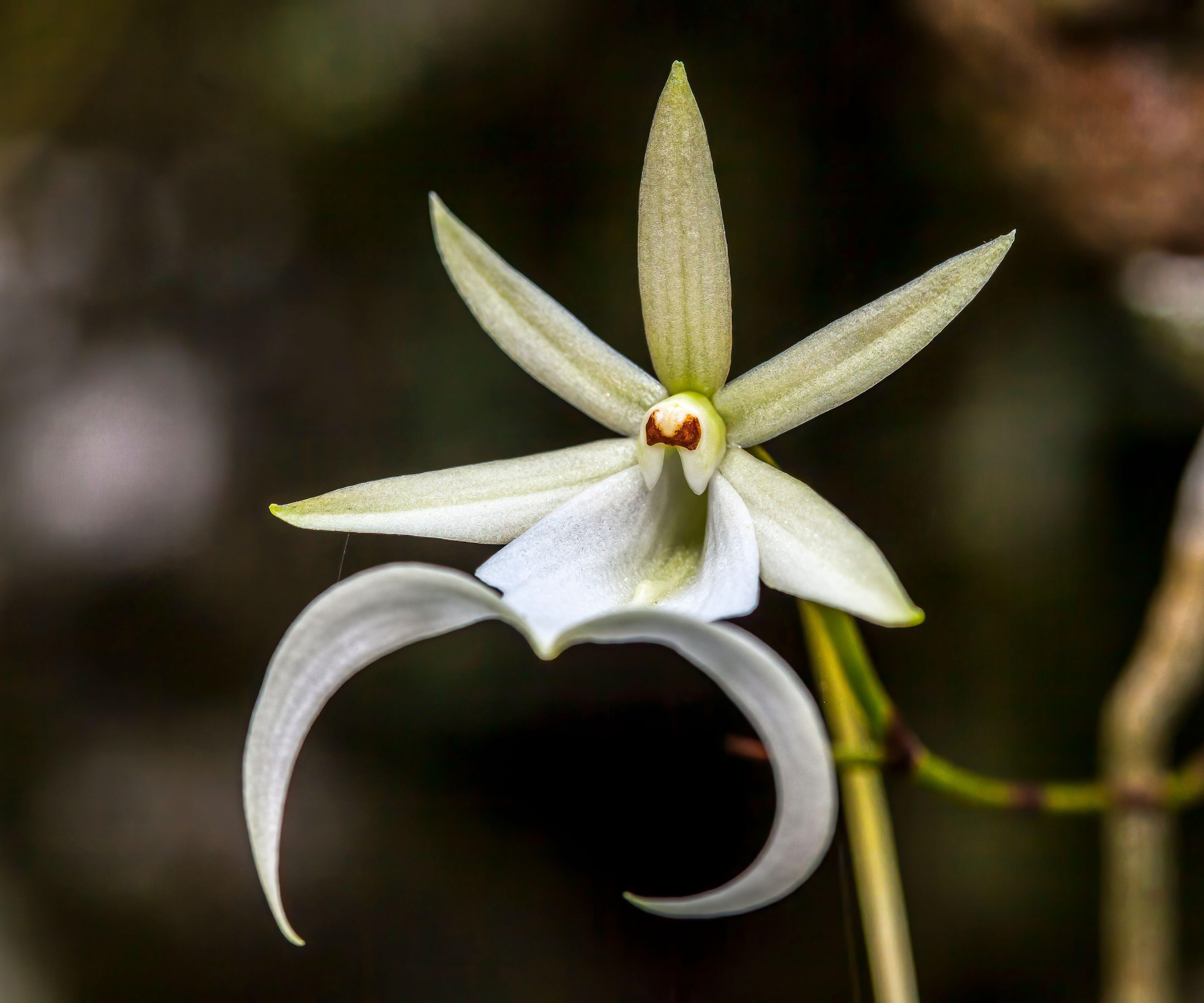
As with other orchids and indoor flowering plants, ghost orchids need plenty of bright light to thrive and bloom for longer.
'They’ll require bright, indirect light so placing it near a north or east-facing window to receive filtered sunlight throughout the day will be best,' says Paris Lalicata, head of plant education and community at The Sill. 'Avoid direct sunlight, as it can burn the delicate roots and leaves,' she adds.
In their natural habitat, ghost orchids grow on tree trunks in the filtered light of tree canopies. They are sensitive to sunlight, so it's important to keep them away from direct exposure.

Paris has been at The Sill for five years, looking after Plant Education and Community. She is a self-taught plant expert with over ten years of experience growing houseplants and is currently working on becoming a certified sustainable gardener. She maintains an indoor garden of over 200 plants in the north-east of the USA and is passionate about making plant care more digestible for budding plant parents.
2. Keep humidity levels high
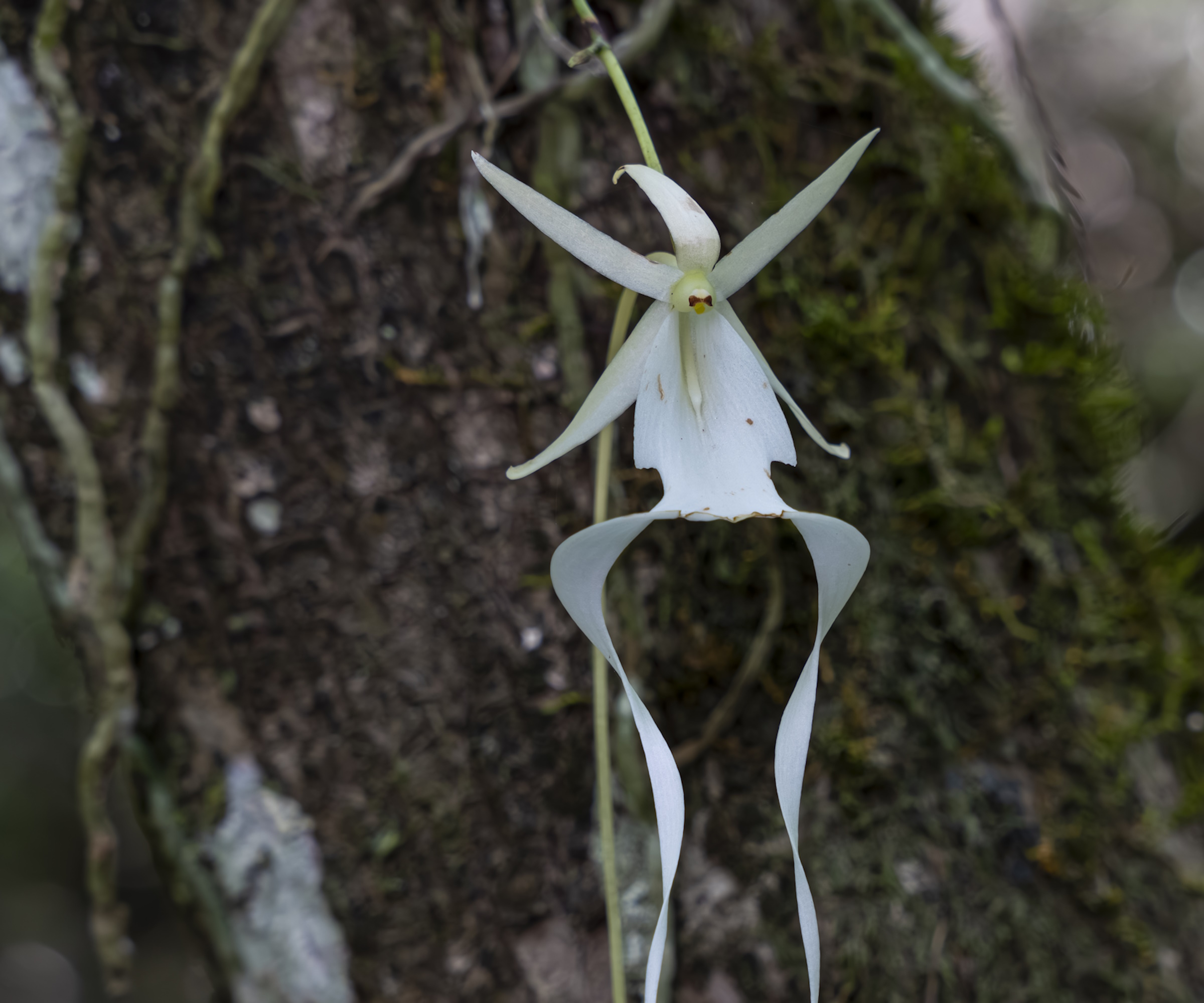
Like other tropical indoor plants, ghost orchids naturally grow in very warm, humid environments. Keeping both temperature and humidity levels up is key to success.
'They thrive in temperatures between 70 to 80°F and prefer a high humidity level, ideally around 70%,' says Autumn Janus. 'To create a suitable environment, many individuals choose to cultivate their ghost orchids in terrariums, which naturally provides a humid and controlled environment,' she adds.
Orchid terrariums are ideal for keeping humidity up and allowing these exotic flowers to stay at a favorable temperature. Using things like this mister from Greendigs or this humidifier from Amazon can also help increase humidity for indoor plants.
'Good air circulation is essential to prevent fungal diseases and ensure healthy growth,' notes Paris. 'Avoid placing the orchid in stagnant or drafty areas,' she adds.
3. Don't use tap water

It's no secret that watering orchids correctly can be tricky and take some time to master, and that's no different when it comes to these rare orchids.
'Ghost orchids are highly sensitive and can be adversely affected by excessively wet and dry conditions. To keep them content, watering them approximately twice a week should suffice. It is advisable to reduce watering frequency in the winter to only 2-3 times per month,' says Autumn.
'These orchids are selective about the type of water used for watering, as they generally do not favor tap water. They tend to thrive when watered with distilled water, rainwater, or reverse osmosis water,' she adds.
Misting will also help keep ghost orchids at a good moisture level and you can use a moisture meter, like this plant moisture meter from Amazon, to monitor moisture levels and ensure you don't cause your orchid stem to turn yellow or cause your orchid flowers to fall off.
FAQs
Can I buy a ghost orchid?
Dendrophylax lindenii is a protected species and cannot be taken from the wild. It is illegal to buy and sell wild ghost orchids, however there are specialist growers who grow and cultivate these unique plants from seed.
Ghost orchids are one of the rarest orchids and are currently under threat of extinction. This protected species needs plenty of light, high humidity and balanced watering to thrive happily.
If you're looking for more unique plants that are easier to get your hands on, explore our expert list of the best unusual houseplants.

Tenielle is a Gardens Content Editor at Homes & Gardens. She holds a qualification in MA Magazine Journalism and has over six years of journalistic experience. Before coming to Homes & Gardens, Tenielle was in the editorial department at the Royal Horticultural Society and worked on The Garden magazine. As our in-house houseplant expert, Tenielle writes on a range of solutions to houseplant problems, as well as other 'how to' guides, inspiring garden projects, and the latest gardening news. When she isn't writing, Tenielle can be found propagating her ever-growing collection of indoor plants, helping others overcome common houseplant pests and diseases, volunteering at a local gardening club, and attending gardening workshops, like a composting masterclass.